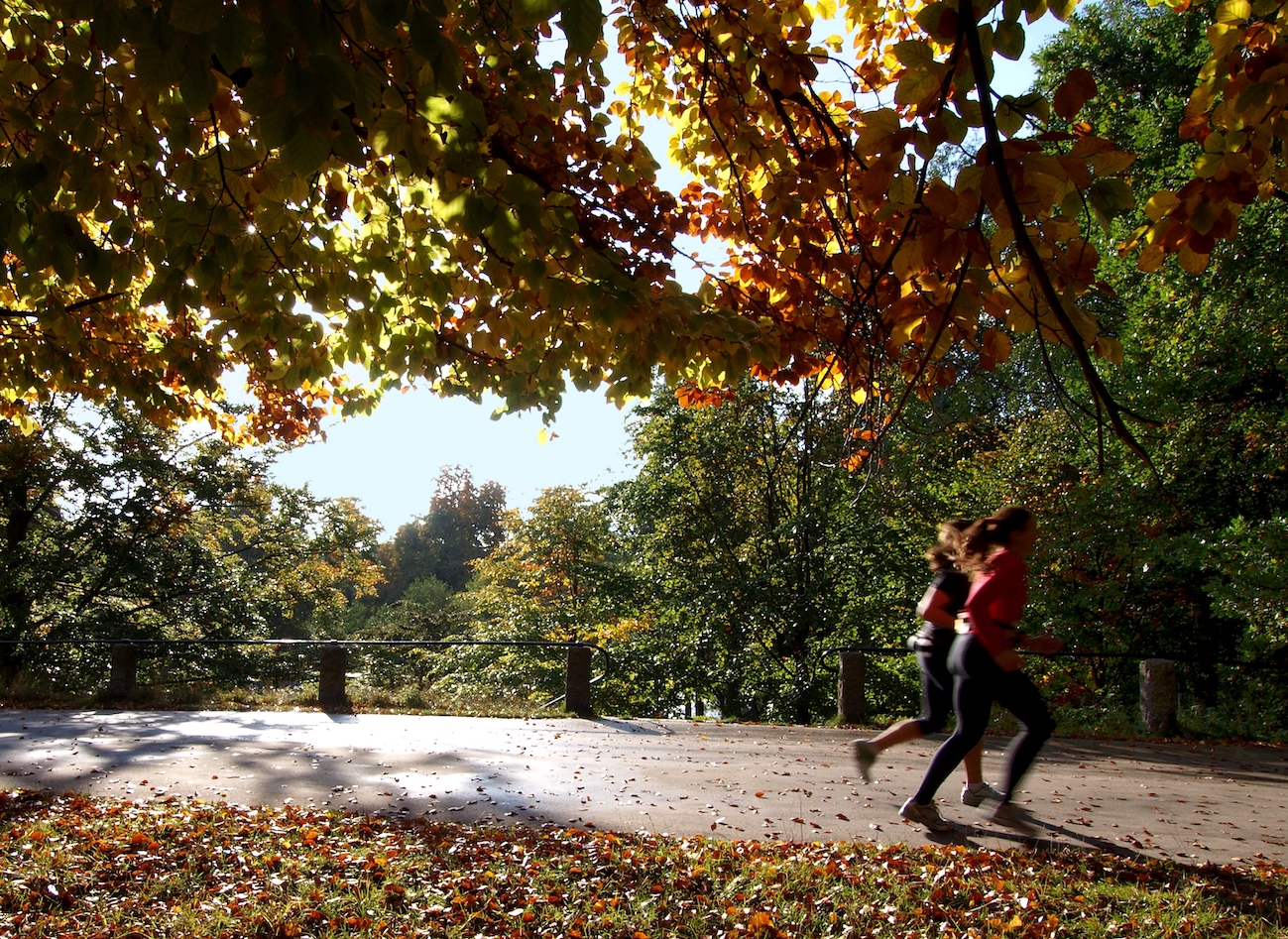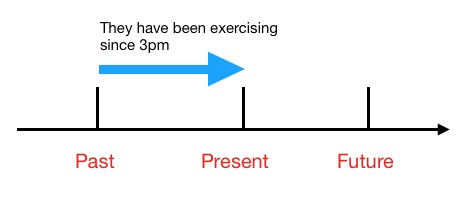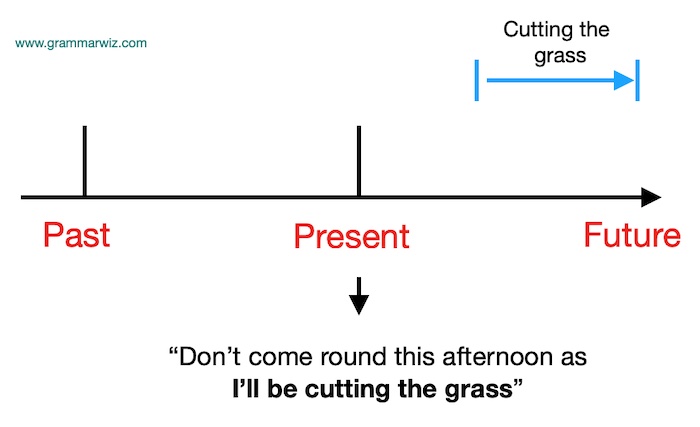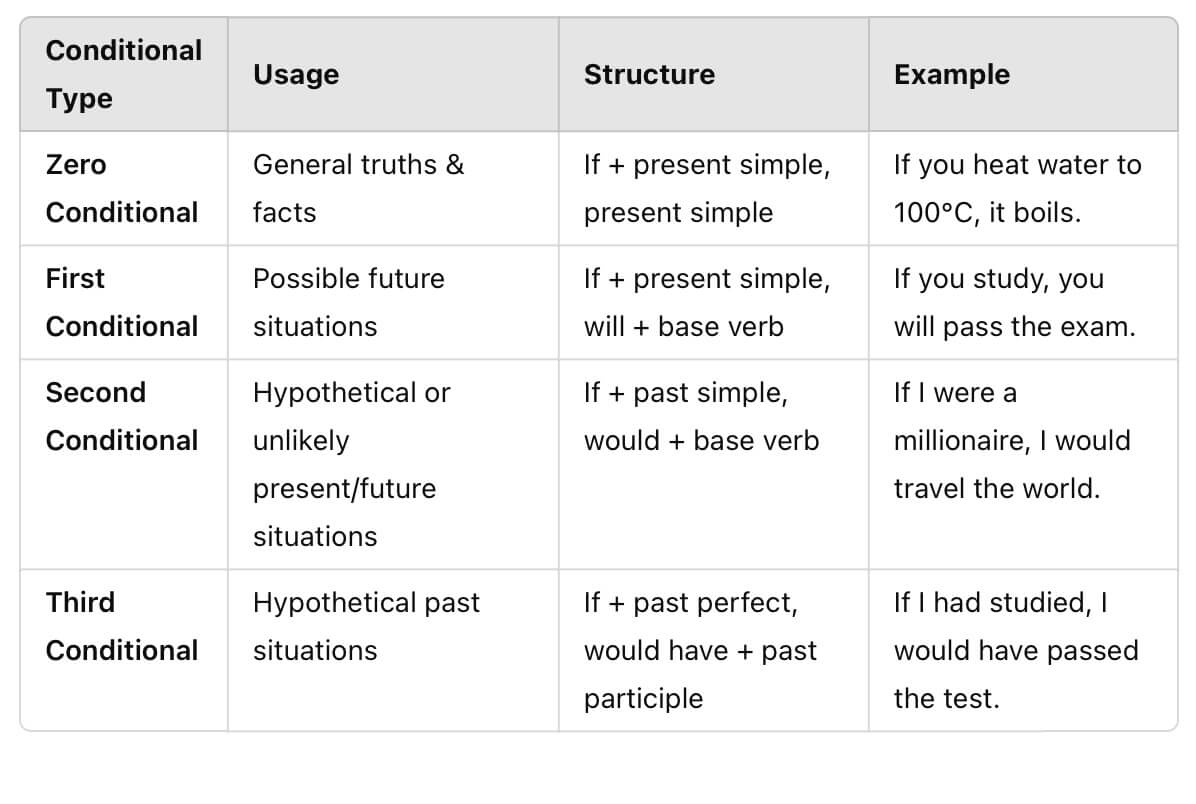Present Perfect Continuous Tense
The present perfect continuous tense, also known as the present perfect progressive, is used to show that something started in the past but is continuing at the the present moment or has very recently finished.
It is formed by using have/has been + present particle (verb+ing):
have/has been + present participle
They have been exercising since 3pm
So they started exercising at 3pm and they are still exercising at the point this affirmative statement is being made.
It can be shown on a timeline like this:
Remember it can also be abbreviated:
- She has = She's
- They have = They've
- He has not = He hasn't
We don't tend to do this in formal writing, but we do it in informal writing or speaking
Present Perfect Continuous Tense Forms
The affirmative, question, and negative forms are as follows:
Affirmative
- She has been reading books since she was a young child
- They have been driving for around six hours now
Interrogative (Questions)
The first types elicit yes/no answers:
- Has she been reading books for long? (Yes, she has)
- Have you been taking your medicine? (No, I haven't)
Or we can add a question word to this which elicit more information):
- How long have you been reading books for? (About 5 years)
- Why have you been taking your medicine for so long? (Because I'm so ill)
Negative
- Andres has not been learning English for long
- Sorry, I haven't been listening to what you were saying
Lately/Recently, For, Since
Common words used with the present perfect continuous are lately/recently, for, and since.

- I've been getting really bad headaches recently.
This means that the headaches are still continuing now, but no specific time is given.
Or if we wish to be more specific with times:
- I've been getting really bad headaches since last Tuesday.
- I've been getting really bad headaches for about three days.
In all of these cases, it is being made clear the problem started in the past, has been continuous, and is still a problem now.
Repeated Activity - Current or Just Finished

The present perfect continuous tense focuses on the fact that an activity has been repeated or is continuous. But this can still be going or have just stopped.
In this first example the activity is continuing:
- Jane and Olivia have been jogging around the park for 40 minutes (they are still jogging)
In this case, however, it has just stopped.
- Sorry we look sweaty. We've been jogging around the park (they've just stopped)
Either way though, the sentences emphasise the repetition of the activity i.e. the continuous jogging in this case.
Stative Verbs
Generally stative verbs, or verbs representing a state of mind, are not used in the present continuous tenses. With most stative verbs in the present perfect continuous tense, this is also the case.
For example, we cannot say this:
- I've been knowing him for 10 years
- He's been having the car since yesterday
In these cases we use the present perfect simple:
- I've know him for 10 years
- He's had the car since yesterday
However, it is not quite as strict as the present continuous, and with some verbs, particularly those that show wants and likes, we can use them in the present perfect continuous.
For example, we can't say 'I am wanting to talk to him' (present continuous) but we can say:
- I've been wanting to talk to him for quite a while
Present Perfect Simple or Continuous?
A particular difficultly for some learners of English can be which tense to choose - the present perfect continuous or present perfect simple.
You can learn more about that here:
Present Perfect Simple or Continuous?
Quiz
Now test your knowledge of the present perfect continuous tense:
Present Perfect Continuous Tense Quiz
New! Comments
Any questions or comments about the grammar discussed on this page?
Post your comment here.














